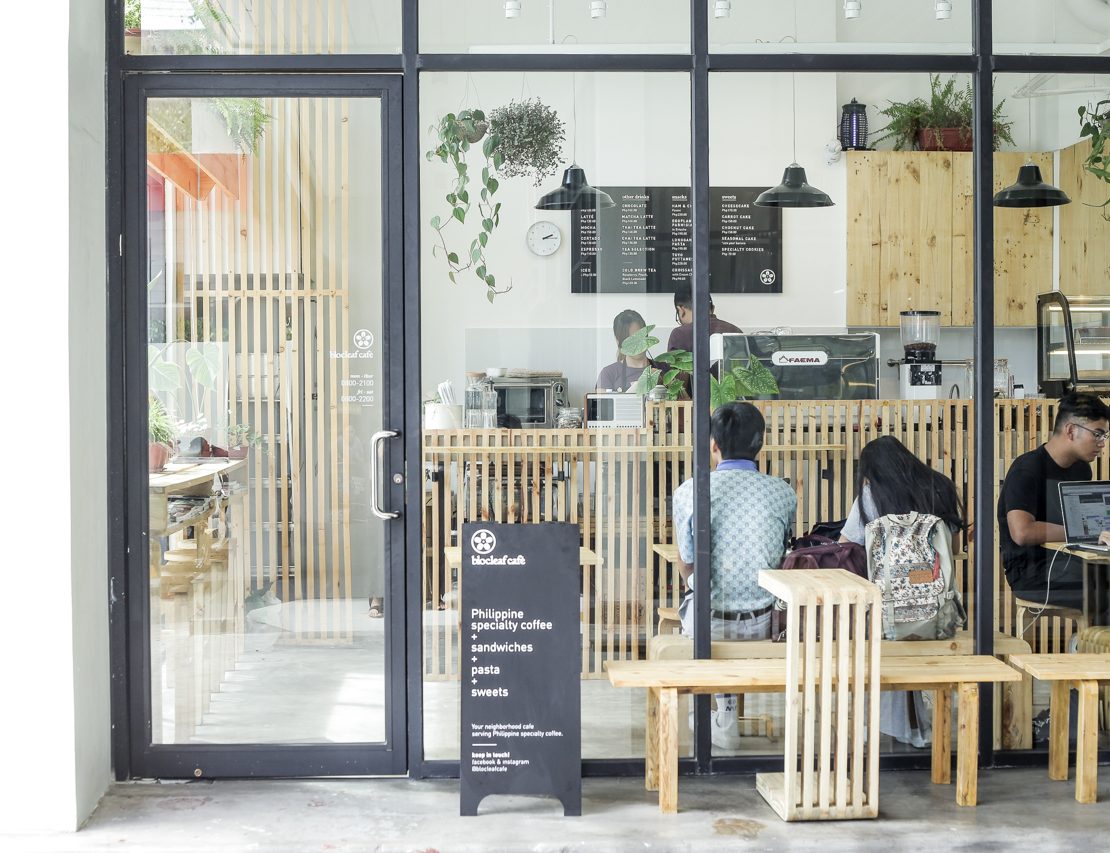Once hailed as the Paris of Asia, Manila is perhaps the most celebrated city in the Philippines. It’s home to cultural and creative hubs such as the Cultural Center of the Philippines Complex, Intramuros, the Metropolitan Theater, Escolta, and the Malate area. However, people can forget easily and take these places for granted. But it’s not really a hopeless case: There’s the revival of Escolta, the restoration of the Met, and then there’s a new neighborhood café in Malate called Blocleaf Café.
Blocleaf, a brainchild of four friends, rests under Hop Inn Hotel. Save for the tower in millennial pink across the street, the area is nondescript and at some point, bland. It is an unlikely image from what is beyond this street. However, the appeal of this quaint café lies in the absence of bombarding neon lights.
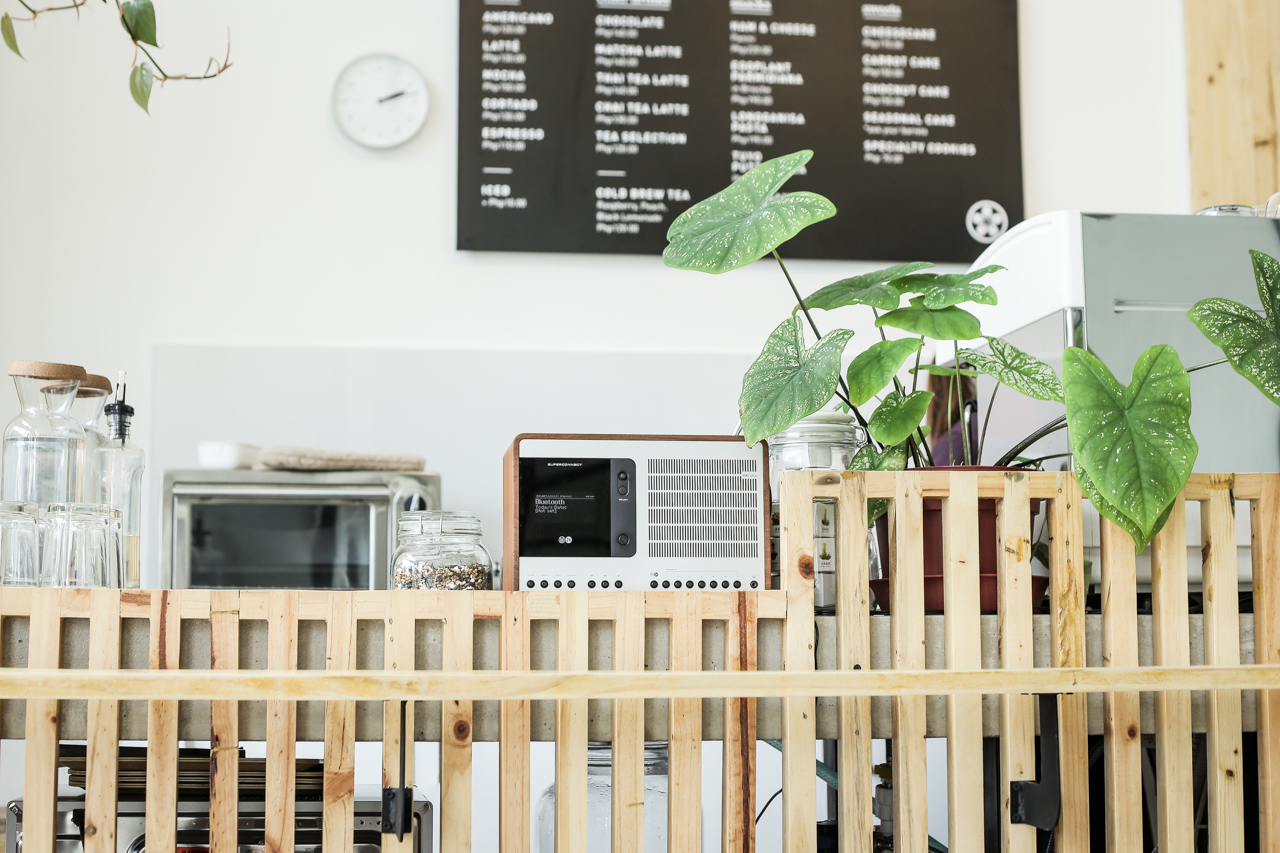

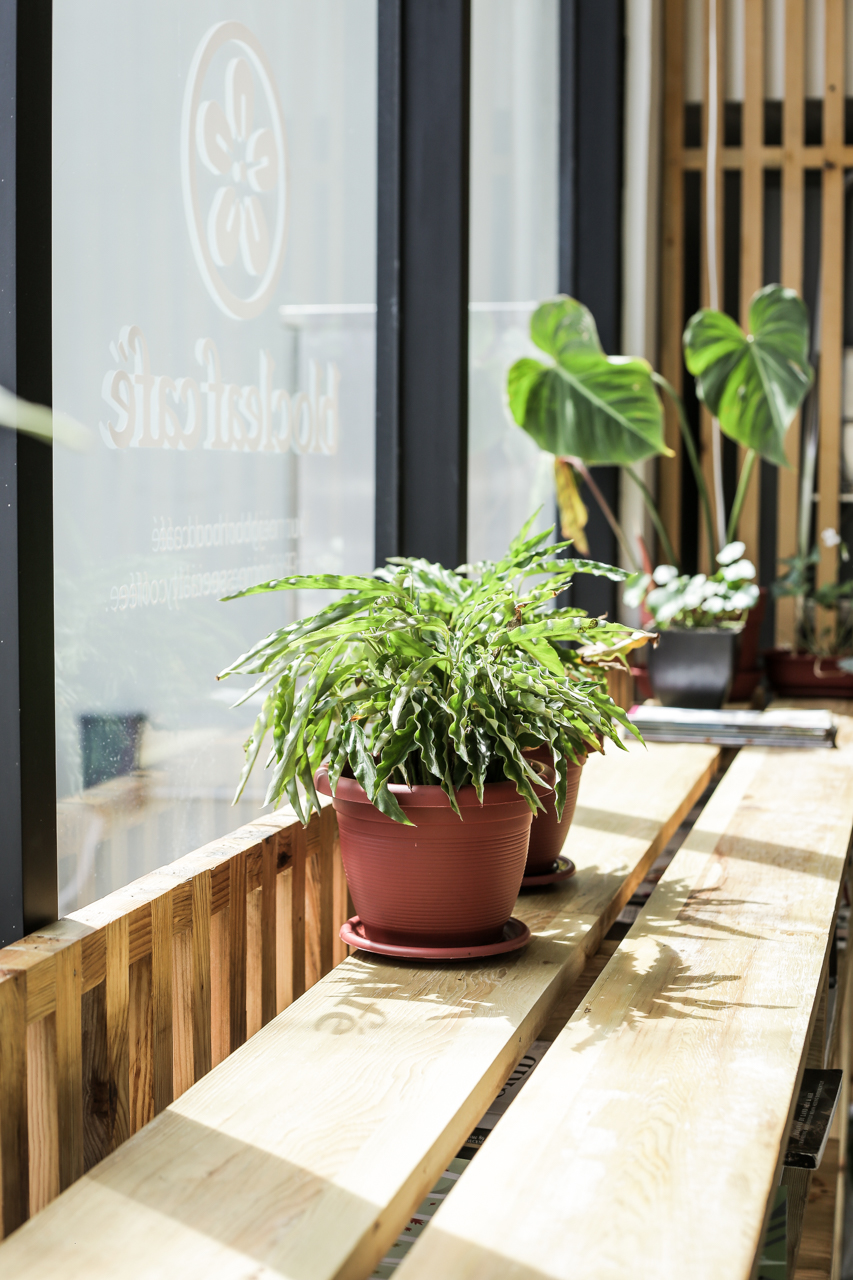
Natural light floods in through huge windows. Occasionally, curly fern leaves cast shadows on bespoke wooden tables and chairs that co-owners Reymart Cerin and Vince Africa, who both run design group Public School Manila, designed in partnership with Fabricca Manila. While putting up a café is also a goal, they originally planned to put up a furniture and plant shop. “It’s Blocleaf because it means wooden blocks and plants,” he explains. “But we also wanted it to become a neighborhood café like in Japan.”
The concept and inspiration may be foreign, but everything else about Blocleaf serves the Filipino. To begin with, Blocleaf partnered with social enterprise Kalsada for their coffee. Since the Arabica beans they use are of single origin, the flavor notes of their coffee may vary. During the shoot, the mocha served was made with beans from Caikling, which is more sweet than fruity.
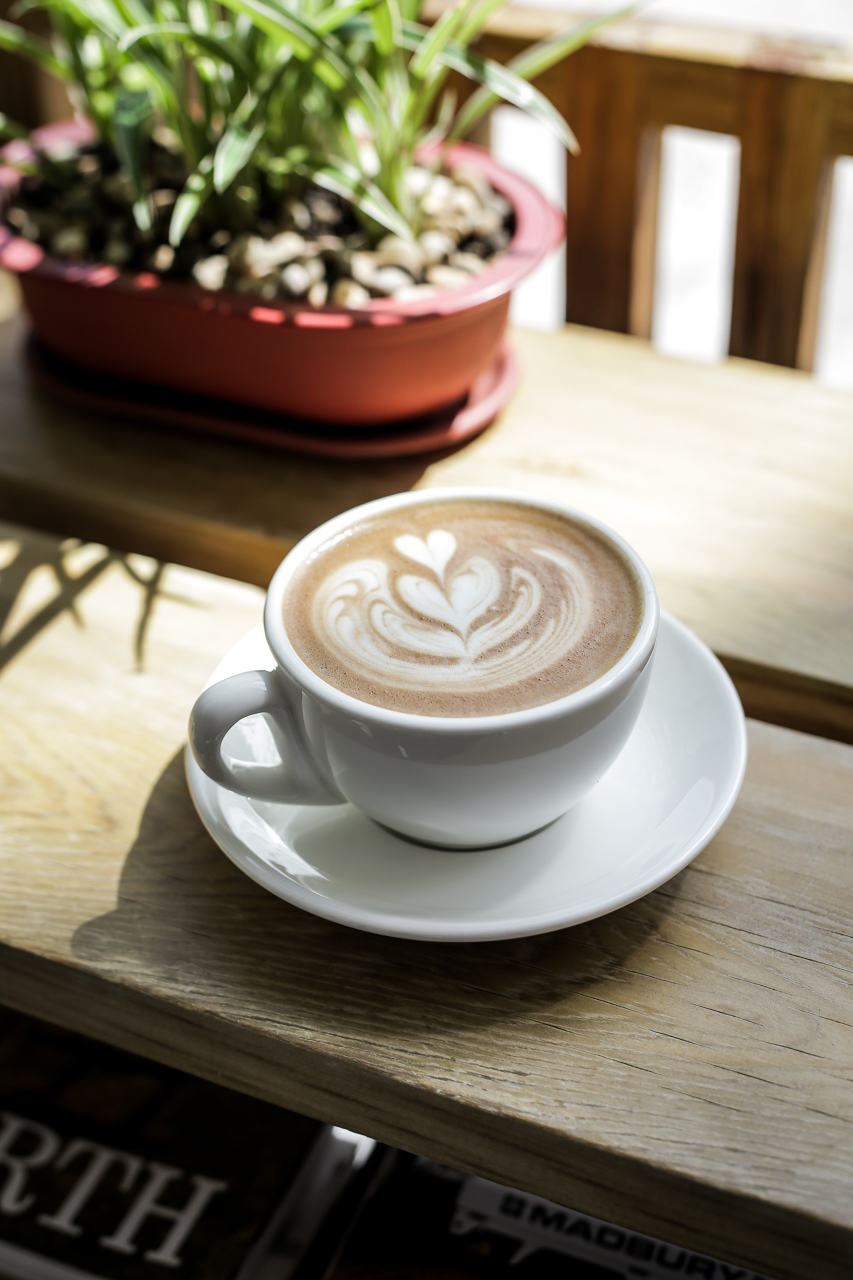
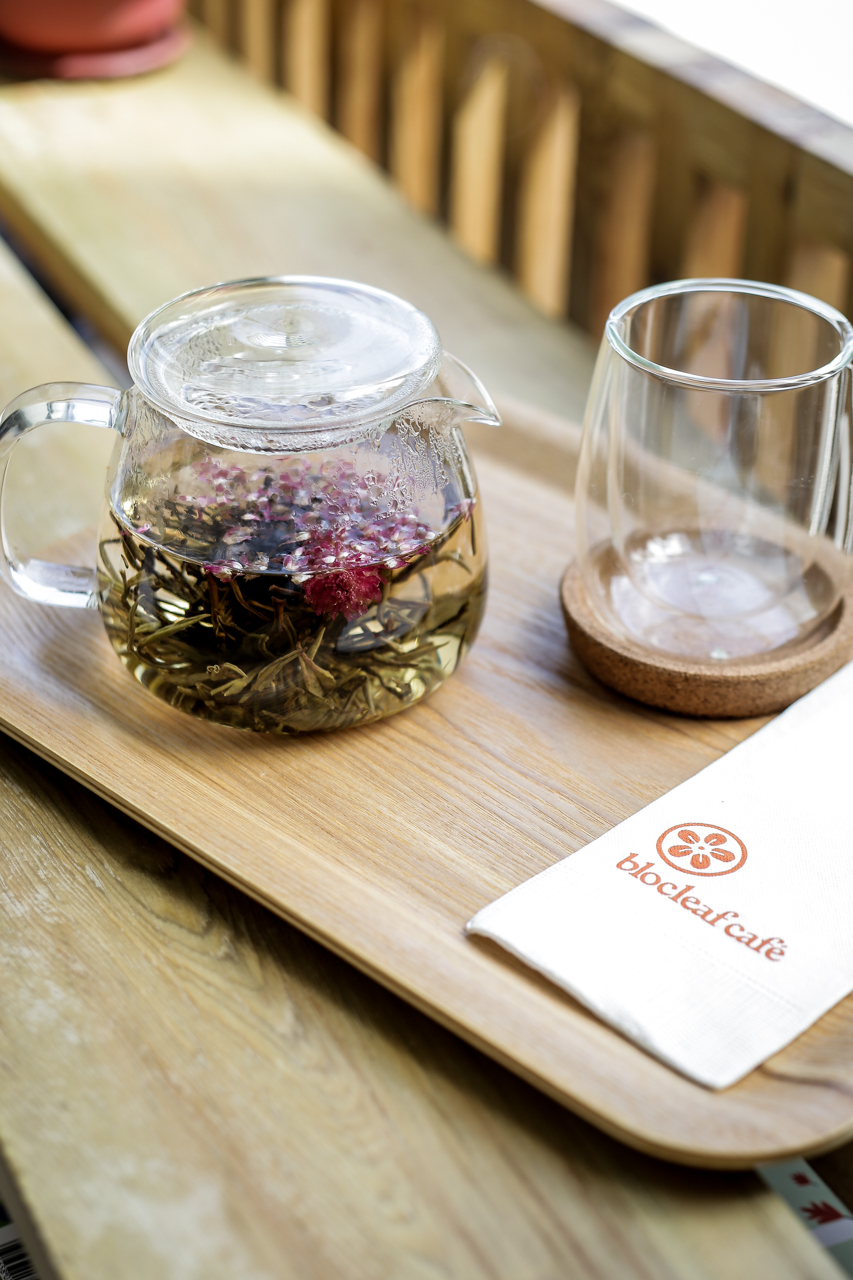
The food on their menu is not straightforward Filipino, but they included flavors that we all grew up with. Their puttanesca is made with tuyo instead of anchovies, while another pasta dish features longganisa. Then, there’s the ube cheesecake. At first glance, the dessert seems like an ordinary ube pastry until you put a spoonful in your mouth. Although the taste of ube is subdued by the cream cheese and the sweet crust, traces of ube halaya will simply remind you of special occasions. It’s reminiscent of your lola’s ube halaya only served during Christmastime that you don’t want to share with anyone else.
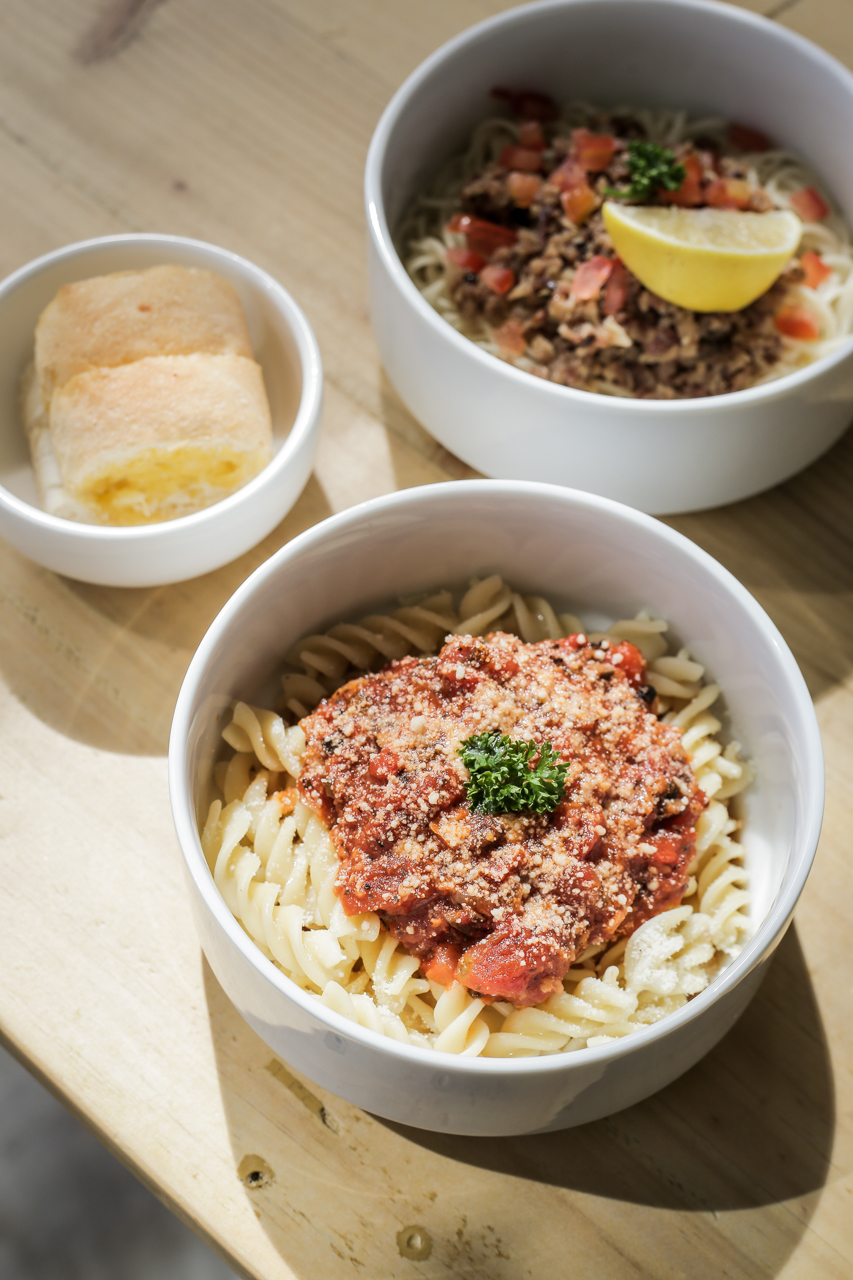
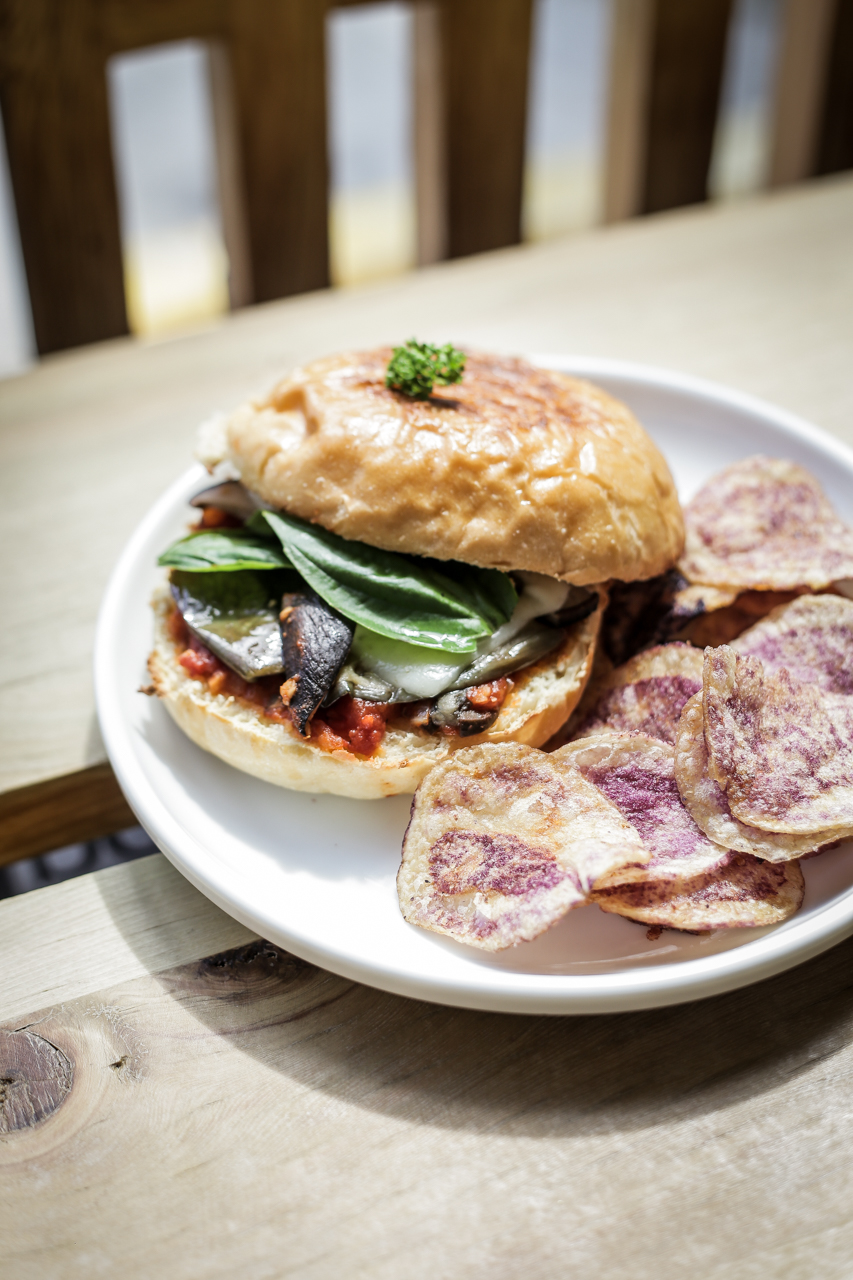
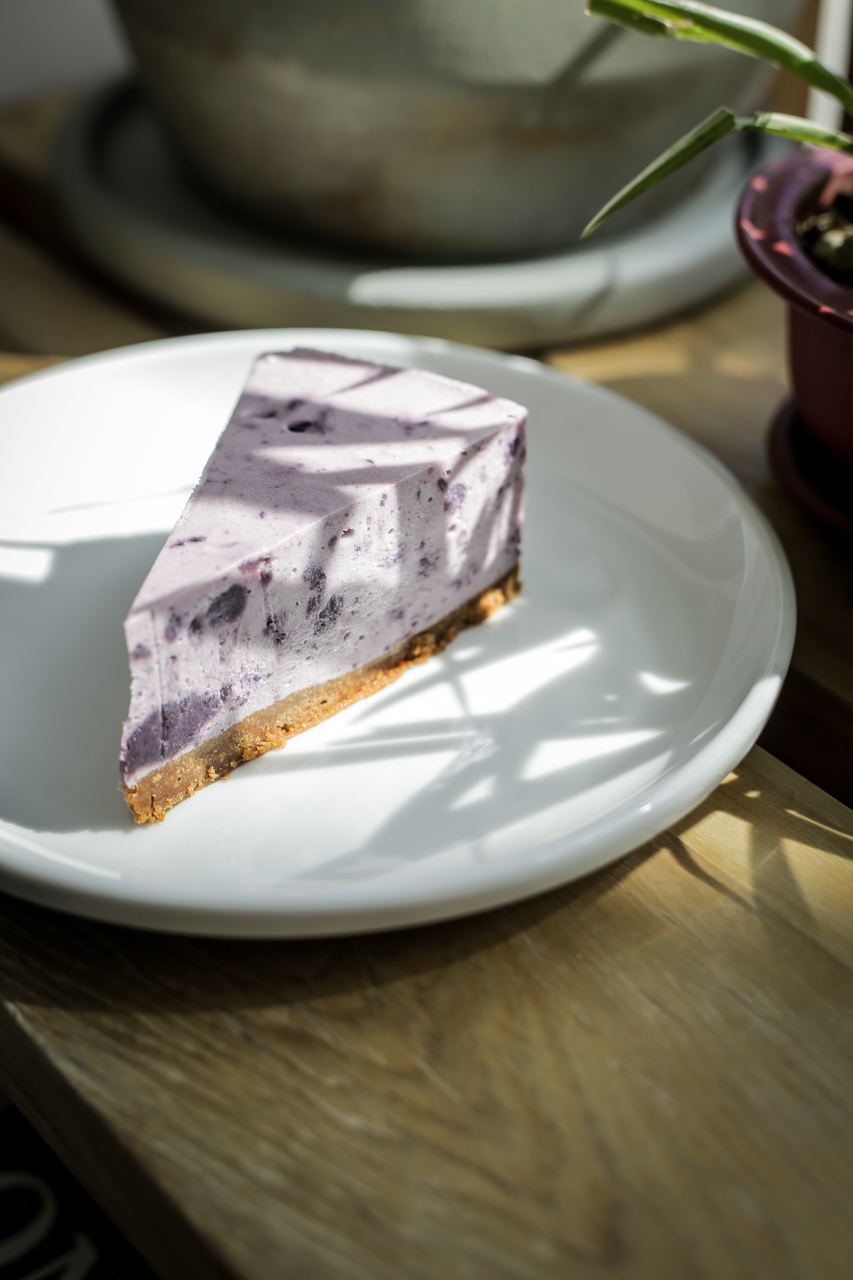
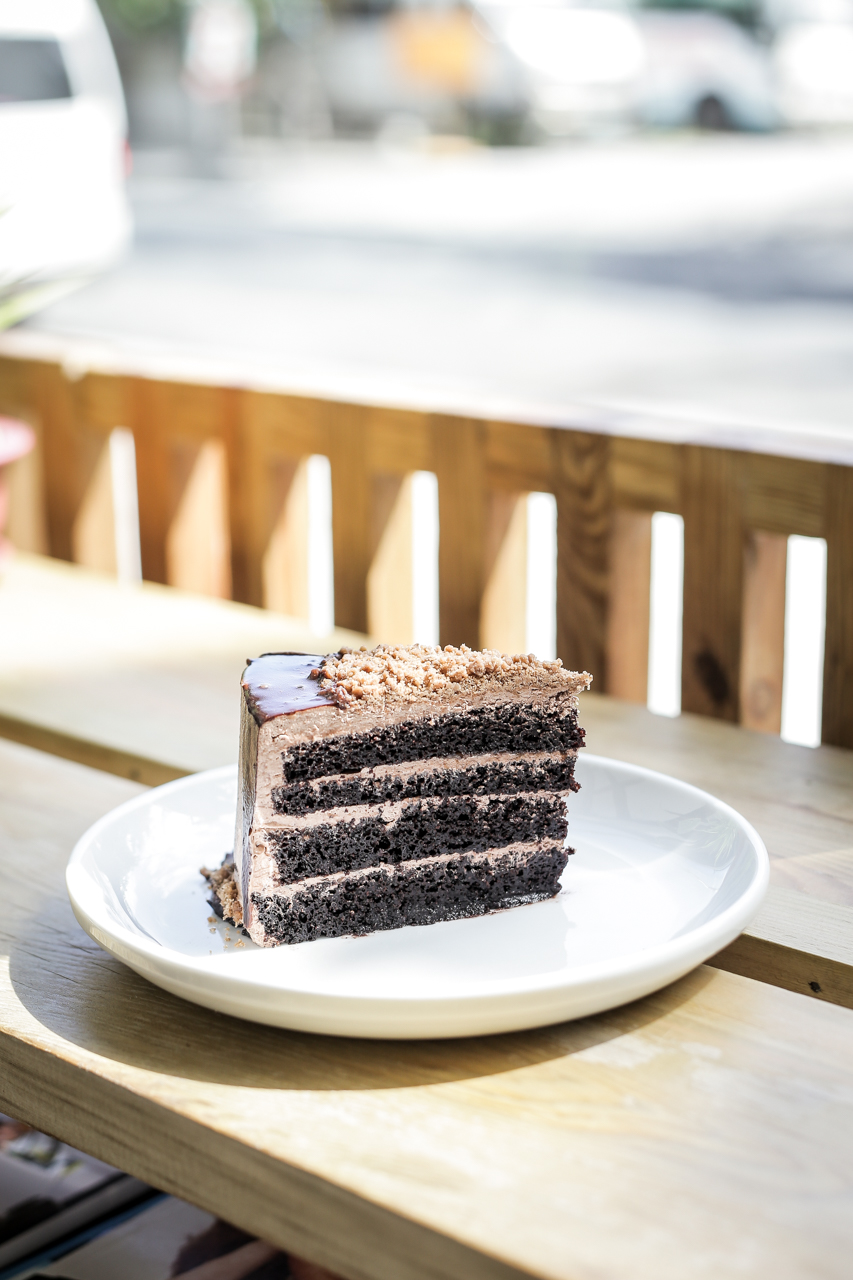
Going beyond good food and design, Blocleaf aims to help Manila’s revival. This is why they settled here instead of other cities with a more established food scene. With the growing interest of the general public in bringing cultural spots back to life, Blocleaf is born out of the necessity and desire to sustain its revival. Cerin and Africa, who juggle between their office in Escolta and their new space in Malate, both advocate for the revival of the cultural and creative scene in Manila. “There are many possibilities, but we have forgotten about it,” Cerin says. Blocleaf is a venue where they can remind people that there’s so much to explore in Manila. Since the café is near cultural hubs, they can recommend various places to explore, especially to tourists. But more than that, it is their way of telling Manila that there are people who don’t forget.
Blocleaf is still young, but its future is already rooted in this dainty neighborhood obscured by misconstrued ideas. “If we put another Blocleaf Café in a different place, it doesn’t really belong there,” Cerin explains when probed about bringing the café in other places. And that’s one more reason why we’ll keep coming back to Manila.
Writer: OLIVER EMOCLING
PHOTOGRAPHY DANICA CONDEZ


